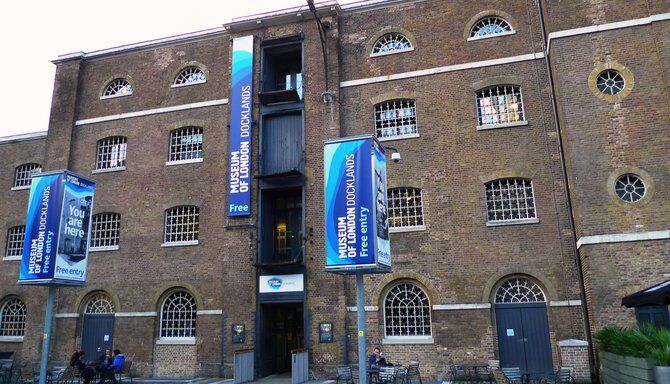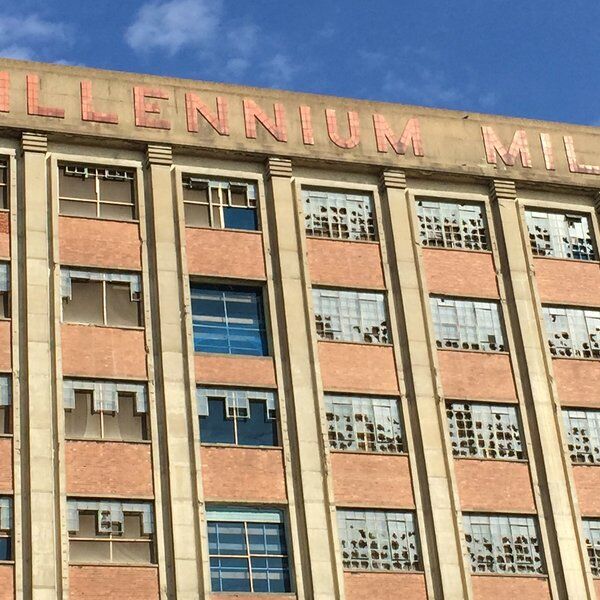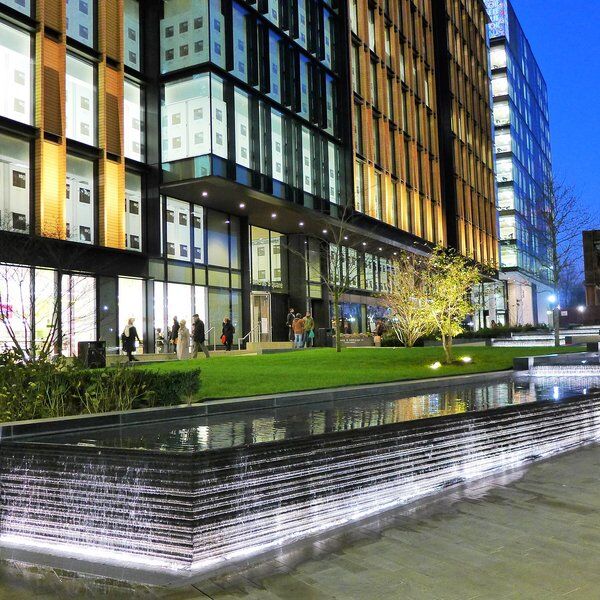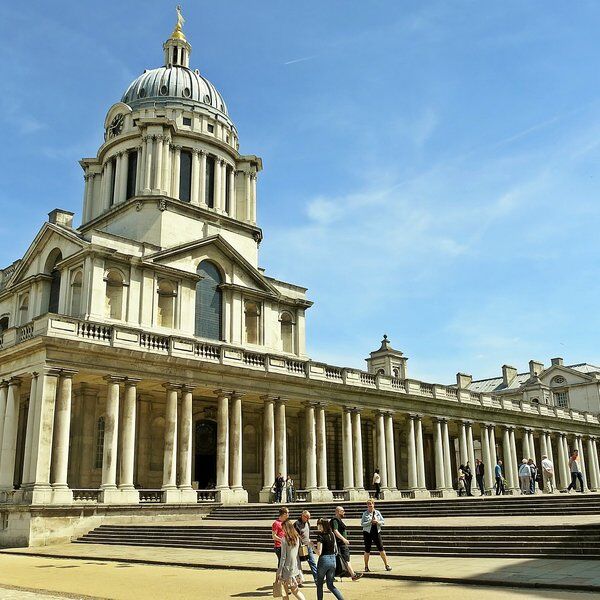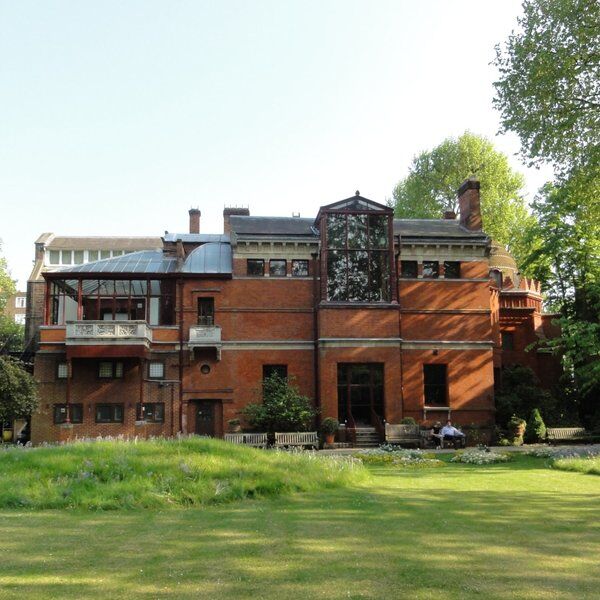Discover the Museum of London Docklands
The Museum of London Docklands, in West India Quay on the River Thames, is an unassuming, yet captivating showpiece of London’s maritime legacy. Formerly known as the Museum in Docklands, this cultural gem is part of the Museum of London with joint investments from the City of London Corporation and the Greater London Authority.
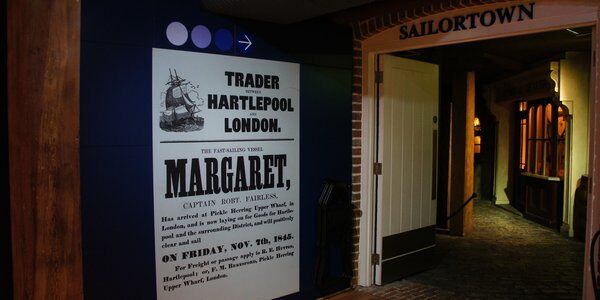
Exhibits range from resurrections of the atmospheric hustle and bustle of 19th century London in the 'Sailortown' gallery, to the city’s dark and seedy slaving past set against the backdrop of the Tyburn Tree. Whilst a replica, this fearsome three-sided gallows, once standing near Marble Arch, resurfaces to stir poignant reflections on the city's history and the atrocities it has witnessed over the centuries.
The museum, housed in a perfectly preserved, 200-year old, Grade I listed Georgian sugar warehouse, was opened to the public in 2003. Its rich collections were predominantly sourced from the museum and archives of the Port of London Authority, in the 1970s. Today, spread across 12 galleries and a dedicated children's gallery, Mudlarks, the artefacts reveal all aspects of the city’s trade, migration, and commerce. Beginning in Roman times, from the inception of the Thames port, to the 1970s closure of central London docks, and covering everything in between, the Museum of London Docklands has a depth of knowledge to broaden the understanding of thousands of its visitors.

London: The City of Gallows
London became renowned for its ‘lively gallows culture’ from the first recorded public execution in 1196. A reputation that spanned almost 700 years until the abolition of public hangings in 1868 – at this point capital punishment for murder was still practised but executions moved inside until a suspension in 1965 and full prohibition in 1969.
“All the entrance points to London were very significant places to show public executions… All along the Thames especially, you could see [bodies] all the way into London. They really used the landscape of London to create this spectacle of justice.”
By spreading the execution sites across the city public executions became a morbid spectacle that shaped London's landscape with places like Tyburn and Newgate (the prison where the Victorians hung many prisoners) becoming especially synonymous with death.
In its exhibition, ‘Executions’, the Museum of London Docklands delved into this dark chapter, and explored the profound impact of capital punishment on London's geography, culture, and society – right down to the street names!

‘Executions’ at the Museum of London Docklands
“It influenced the landscape, society, culture and even the economy… It’s an uncomfortable subject for a lot of people, but what we felt was that this was an undeniable feature of London life… it’s not just a story of execution, it’s a story of that whole culture around executions.”
The exhibition began with the gruesome methods of execution, including hanging, beheading, and even boiling alive, a method introduced by Henry VIII in 1531 for those convicted of poisoning. It highlighted London’s thirst for executions until around the 1900s when it reflected on the public’s diminishing appetite for bloodshed. And recognised the societal shift on the types of crimes punishable by death from mediaeval heresy to Georgian property offences.
“By the late 18th century there were over 200 crimes for which you could be executed, and nearly all of them were crimes against property, because you start to see the crime is determined by the values of the society at the time.”
Wandering through the dimly-lit exhibit, visitors would encounter the wooden isosceles-shaped scaffolding, reminiscent of gallows with a distinct wooden smell, the imposing Newgate door, and a gibbet cage. There was also the stained silk tunic King Charles I wore at his own execution, a prized exhibit at the museum, a cat hanged during religious tensions, and death masks of executed murderers. To accompany visitors a soundtrack played a haunting echo of birds and buzzing flies.
“It’s a momentous moment in our history, the beheading of a king, and it’s probably more interesting at the moment because we have a new Charles, Charles III.”
Alongside harrowing artefacts, ‘Executions’ also revealed the stories of the condemned including the execution of King Charles I, whose stained silk tunic is a prized exhibit at the museum. Personal narratives – letters from the condemned narrated by present-day inmates – added a chilling and modern edge to the historical perspective.
“It was some kind of festival, a pageant, carnival day.”
Ultimately, the exhibition portrayed public executions not just as displays of justice but for what they were to the public: grand spectacles and forms of entertainment. The most awful suspects often fetched a crowd of around 50,000 people. Gallows culture slowly bled into all aspects of society; there were pamphlets, ballads, and even Punch and Judy puppet-show performances.
The final exhibit prompted consideration of the global context, with 55 countries still practising the death penalty. "Executions" was a sombre exploration of a bygone era that shaped London's history and lingers in its present-day landscape, leaving visitors with a deeper understanding of the city's dark past.
Whilst this exhibition ended on 23rd April 2023, you can still listen back to the audio tour by visiting the website.
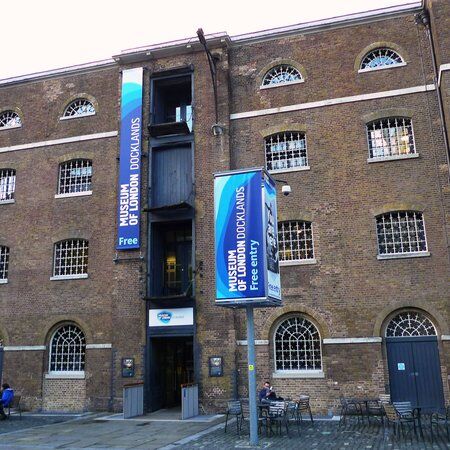
Other Exhibits at the Museum of London Docklands
Alongside information about executions the Museum of London Docklands has delved into a range of topics related to the docks since its inception. It documents London's transformation from a bustling port to a global trade powerhouse. And allows visitors to step onto the busy streets of Victorian London, lined with pubs and living quarters, in the time-travelling ‘Sailortown’ exhibit.

The museum's commitment to preserving maritime history extends to its acquisition of historic vessels, including tugboats like Knocker White and Varlet, obtained in 1986. Beyond static displays, the museum has a lecture theatre and meeting rooms where former dockworkers from the 1960s participate in talks and events related to the docks.
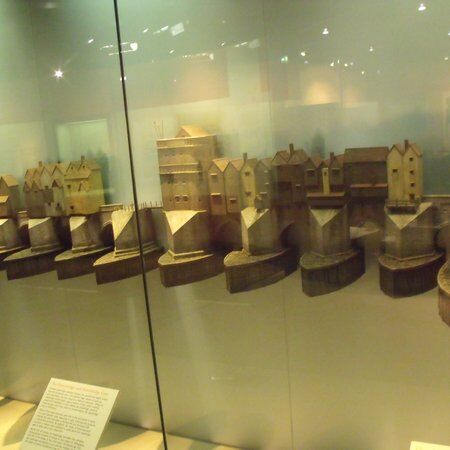
Celebrating historical milestones, the museum marked the bicentenary of the British abolition of slavery in 2007 with the opening of the Heritage Lottery Funded exhibition, ‘London, Sugar, Slavery.’ Subsequent exhibitions showcased the building's history, wartime bravery medals, archaeological findings from Crossrail work in 2017, and a planned display of the Havering hoard in 2020. In an immersive and engaging manner, the Museum of London Docklands continues to track the fascinating narratives of London's maritime past.

Explore London with CityDays
The best way to discover more hidden gems around London is to take your time and, ideally, have a pre-planned route that takes you past all the noteworthy nooks and hidden gems.
We can help you there!
The City combines the fun of an outdoor treasure hunt with the historic facts and whimsical trivia of a walking tour.
Answer riddles, solve puzzles and learn more about London’s 2000-year-old history in a new and interactive way - plus you get 20% off food and drink at a historic pub chosen by us!
Take the stress out of planning your visit to London and book your adventure today!
Not visiting London this time? Don’t worry, you’ll find us all over the world.
